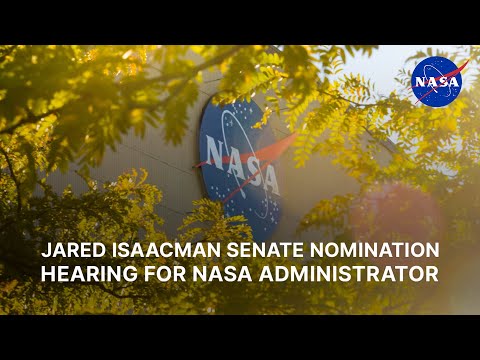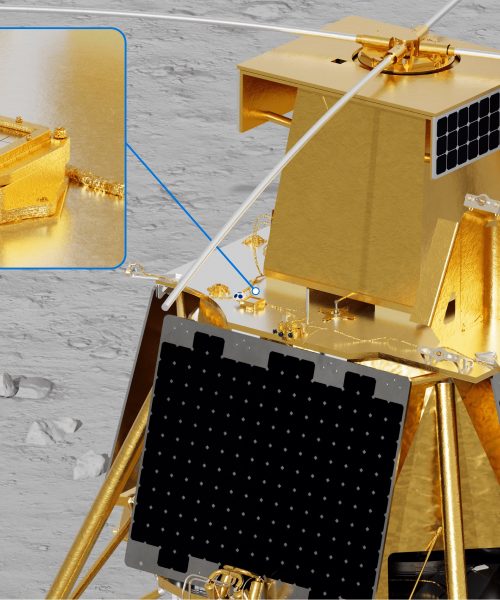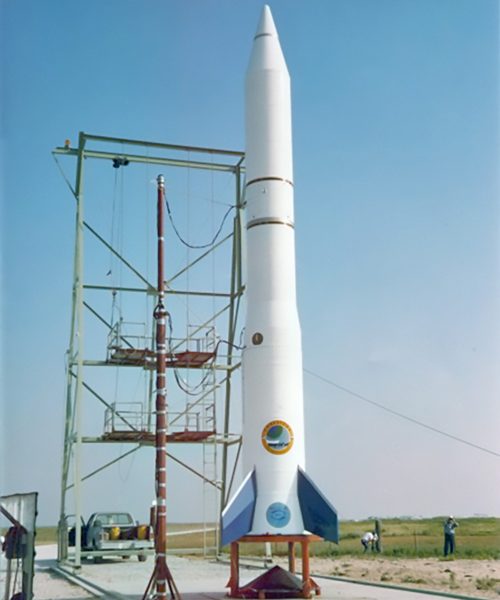NASA administrator nominee Jared Isaacman believes the US can simultaneously handle missions to both the moon and Mars. Isaacman’s ambitious goals were presented during the billionaire entrepreneur’s Senate confirmation hearing on April 9, and conflict with longheld expert opinions on a safe and feasible trajectory to expand humanity’s presence in space.
“As the President stated, we will prioritize sending astronauts to Mars. Along the way, we will inevitably have the capabilities to return to the moon,” Isaacman said during his opening remarks on Wednesday. “We don’t have to make it a binary decision of ‘moon versus Mars.’ Or ‘the moon has to come first versus Mars.’ I think we could be paralleling these efforts,” he added during later questioning.

Federal law explicitly instructs the NASA administrator to “establish a program to develop a sustained human presence in cis-lunar space or on the Moon, including a robust precursor program, to promote exploration, science, commerce, and United States preeminence in space, and as a stepping-stone to future exploration of Mars and other destination.”
“If that is the law, I’m committed to it,” Isaacman said following multiple requests to confirm his understanding of the statute.
Returning to the moon has long been seen as a necessary step before attempting a human mission to Mars. The logistical and technological considerations are innumerable, but it essentially comes down to learning to walk before trying to run a marathon.
“We’re going to learn how to use the resources on the moon in order to be able to build things in the future as we go,” former NASA administrator Bill Nelson said during a 2022 news conference. “Not a quarter of a million miles away, not a three-day journey—but millions and millions of miles away on a months and months if not years-long journey.”
Meanwhile, there’s also a matter of financing the endeavors. A NASA study presented at the 2016 International Conference on Environment Systems estimated that it will cost roughly half a trillion dollars to send astronauts to Mars, along with another $2 billion for life support systems. In March, President Trump’s initiative known as the Department of Government Efficiency (DOGE) directed NASA to slash $420 billion in “unneeded contracts” from itsrequested $25.3 billion 2025 budget. When asked for his thoughts on funding and staffing cuts, Isaacman stated he “was not familiar” with the details.
“NASA has a pretty extraordinary budget… I believe we can do the near-impossible.”
At its peak in 1965-66, NASA’s funding comprised about four percent of the federal budget, but that amount steadily decreased over the ensuing decades. Just 0.5 percent of the federal budget was earmarked for the agency in 2024.






